Understanding LED Components: A Comprehensive Guide
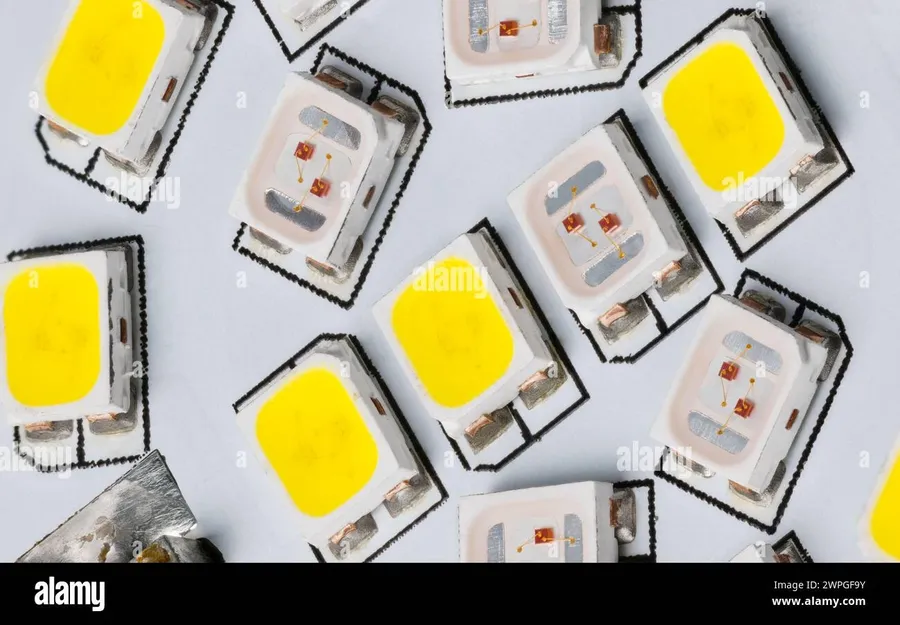
In our increasingly illuminated world, LEDs have become indispensable. But what exactly are the core components that make these energy-efficient light sources work? This article dives deep into the essential parts of an LED, from the semiconductor chip to the power driver, shedding light on how they function and their role in modern lighting. Understanding these components is key for any DIYer, engineer, or anyone interested in the technology behind modern illumination. Let's unlock the secrets of LEDs, one component at a time.
The Core of Illumination: The LED Chip

The LED chip, a minute semiconductor, constitutes the fundamental element of any Light Emitting Diode (LED). It's the locus where electrical energy is directly converted into light via the process of electroluminescence. This conversion, achieved through the recombination of electrons and holes within the semiconductor material, is highly efficient, making LEDs a superior choice for lighting applications. The characteristics of the LED chip, including its material composition, size, and structure, directly dictate its light output, efficiency, and overall performance.
The primary materials used in LED chip fabrication are semiconductor compounds, most notably those from groups III-V on the periodic table, such as Gallium Nitride (GaN), Indium Gallium Nitride (InGaN), and Aluminum Gallium Indium Phosphide (AlGaInP). The specific choice of materials determines the wavelength (and hence the color) of the emitted light. Furthermore, different structural designs of LED chips influence their performance and intended applications, including Surface Mount Devices (SMD) commonly used for general lighting, and Chip-on-Board (COB) LEDs, favored in high-intensity lighting applications.
| LED Chip Type | Description | Typical Applications | Advantages | Disadvantages |
|---|---|---|---|---|
| SMD (Surface Mount Device) | Small chip mounted directly onto a circuit board. | General lighting, indicator lights, displays. | Compact, versatile, relatively easy to manufacture. | Lower luminous output compared to COB, less efficient heat dissipation |
| COB (Chip-on-Board) | Multiple LED chips bonded directly onto a substrate. | High-intensity lighting, spotlights, stage lights. | High luminous output, good heat dissipation. | Larger size, more complex assembly, typically more expensive |
| Flip Chip | Chip mounted face down directly on a substrate via bumps, eliminating wire bonding | High-density LED modules, Automotive lighting, mobile devices. | Improved thermal performance and reliability, Higher power output | More complex and costly manufacturing process |
Powering the Light: LED Drivers Explained
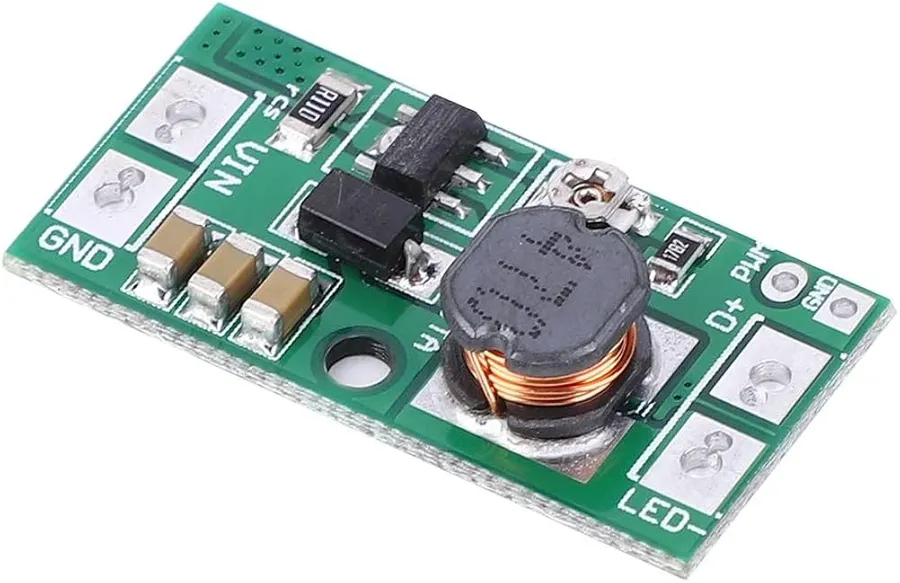
An LED driver is a crucial component in any LED lighting system, acting as the power regulator for the LED chip. It ensures that the LED receives the correct amount of electrical current, which is critical for maintaining stable light output, maximizing efficiency, and preventing premature failure. Without a suitable driver, LEDs can be easily damaged by overcurrent or voltage fluctuations.
| Driver Type | Function | Advantages | Disadvantages | Common Applications |
|---|---|---|---|---|
| Constant Current (CC) | Maintains a consistent current flow to the LEDs. | Ensures uniform brightness across multiple LEDs, prevents thermal runaway, longer LED lifespan | May not be suitable for very low-power applications, requires careful design for different voltage loads | Most LED lighting applications, LED strips, high-power LED arrays |
| Constant Voltage (CV) | Provides a stable voltage supply to the LEDs. | Simpler design and cost-effective, compatible with wide range of LED voltage requirements | LEDs are more vulnerable to current fluctuations and can lead to uneven light distribution and reduced lifespan if not properly managed with current-limiting resistors | Low-power LEDs, applications that do not require precision current control such as simple LED indicators. |
Selecting the appropriate LED driver is critical for ensuring optimal LED performance and longevity. Factors to consider include the LED's forward voltage and current requirements, the input voltage, and the ambient operating temperature. Incorrect driver selection can lead to reduced lifespan, poor light quality, and even damage to the LEDs. Constant Current drivers are generally preferred due to their ability to provide consistent current to the LEDs, regardless of slight variations in voltage or temperature.
Lens and Optics: Shaping the Light
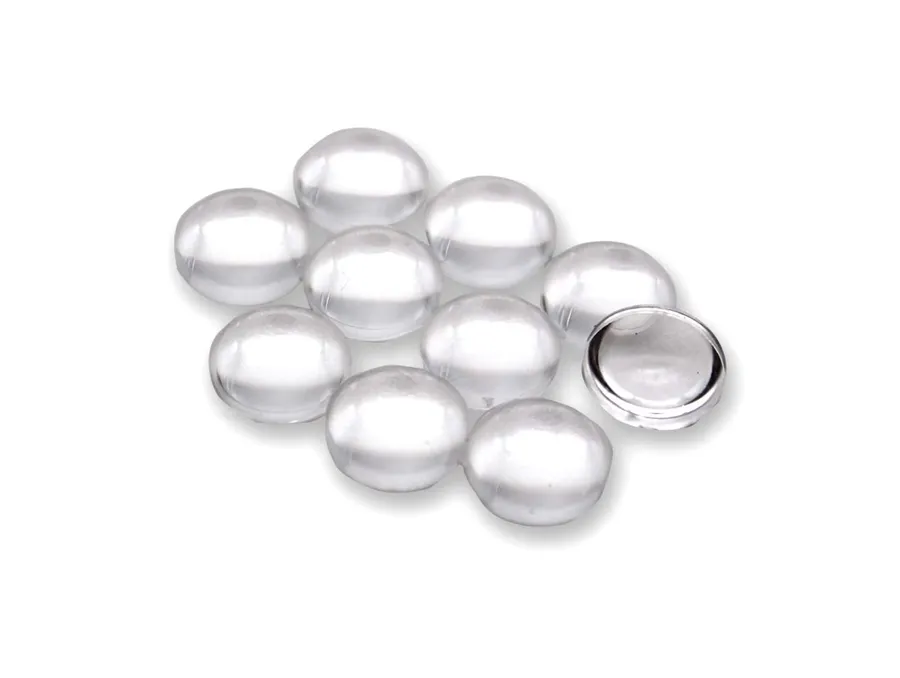
The lens and optical elements in an LED system are crucial for directing and manipulating the light emitted by the LED chip. These components are not mere accessories; they are integral in determining the final lighting characteristics, such as beam angle, intensity, and overall light distribution. The effective management of light through these optics is vital for achieving desired illumination patterns and efficiently using the light source.
| Lens Type | Material | Function | Typical Application | Advantages | Disadvantages |
|---|---|---|---|---|---|
| Refractive Lens | PMMA (Acrylic), Polycarbonate, Glass | Bends light through refraction, focusing or dispersing the beam | General lighting, spotlights, automotive headlights | High efficiency, versatile designs | Can introduce chromatic aberration, temperature sensitive |
| Reflective Lens | Aluminum, Silvered Glass | Reflects light to control beam angle and direction | Stage lighting, flashlights, high intensity applications | Effective for narrow beam angles, durable | Can have lower efficiency than refractive lenses, requires precise shape |
| Diffuser | Polycarbonate, Acrylic | Spreads light evenly to reduce glare and hot spots | Panel lights, downlights, backlighting | Creates soft, uniform illumination | Can reduce overall light intensity |
| Total Internal Reflection (TIR) Lens | PMMA, Polycarbonate | Uses internal reflection to control light beam | Street lights, architectural lighting | High efficiency, precise control | More complex design and manufacturing |
Heat Management: The Role of Heat Sinks
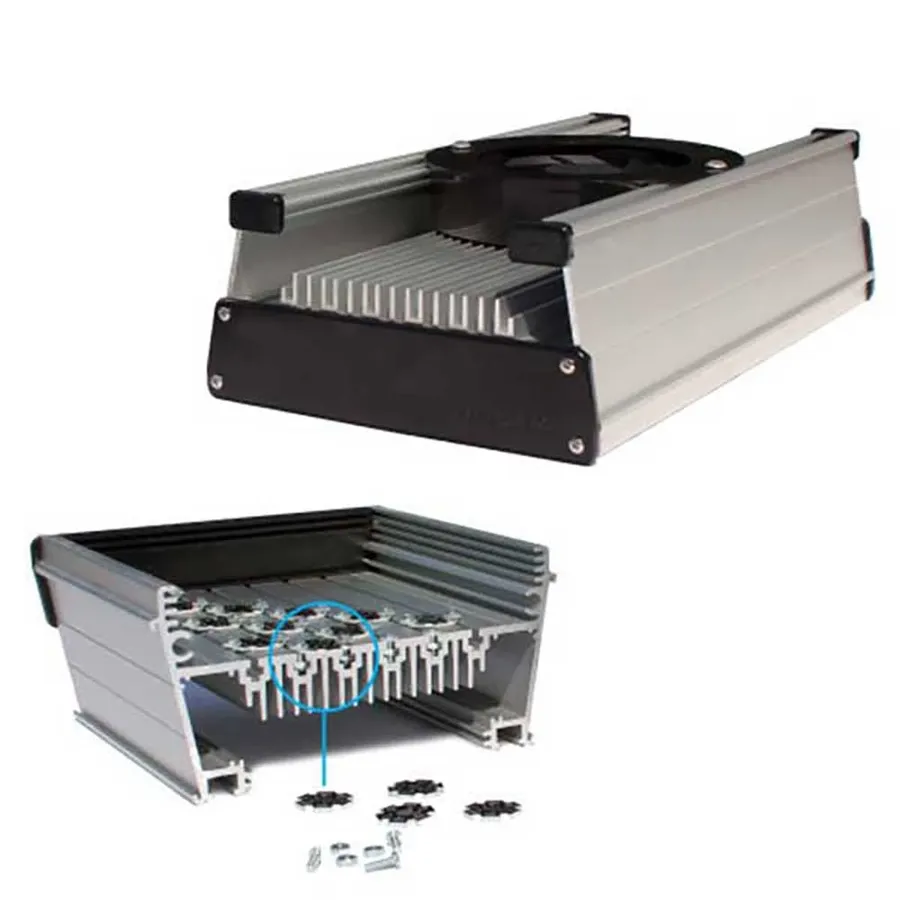
Effective heat management is paramount for the longevity and performance of LEDs. LEDs, while energy-efficient, generate heat as a byproduct of their light emission process. If this heat is not adequately dissipated, it can lead to a reduction in light output, color shift, and premature failure of the LED. Heat sinks play a critical role in mitigating these issues by drawing heat away from the LED and transferring it to the surrounding environment.
The primary function of a heat sink is to provide a large surface area for heat to be conducted away from the LED. This process relies on the principles of thermal conduction, convection, and radiation. The heat generated at the LED junction is conducted through the heat sink material, typically a highly conductive metal like aluminum, and then transferred to the surrounding air. Natural air convection and radiation then dissipate the heat into the environment. The design of a heat sink, encompassing its material, geometry, and surface finish, is a significant factor in its thermal performance.
| Parameter | Description | Importance |
|---|---|---|
| Material | Typically Aluminum or Copper | High thermal conductivity for effective heat transfer |
| Surface Area | Total area of the heat sink exposed to the air | Larger area allows for more heat dissipation |
| Fin Design | Shape and spacing of fins | Optimizes airflow and surface exposure |
| Thermal Resistance | Measure of how effectively the heat sink transfers heat | Lower thermal resistance is desirable |
| Mounting | Method of attaching the heat sink to the LED | Good thermal contact is crucial for heat transfer |
Heat sinks come in a variety of designs depending on the specific application. These include, but are not limited to: finned heat sinks, which rely on natural convection; forced-air heat sinks, which incorporate a fan for enhanced cooling; and liquid-cooled heat sinks, which utilize a liquid coolant for high heat load applications. Selecting the right heat sink is a careful process that requires the analysis of thermal resistance, power output, and environmental conditions to guarantee that the LED operates in the manufacturer’s specified thermal range.
Substrates and Packaging: Protecting the Components
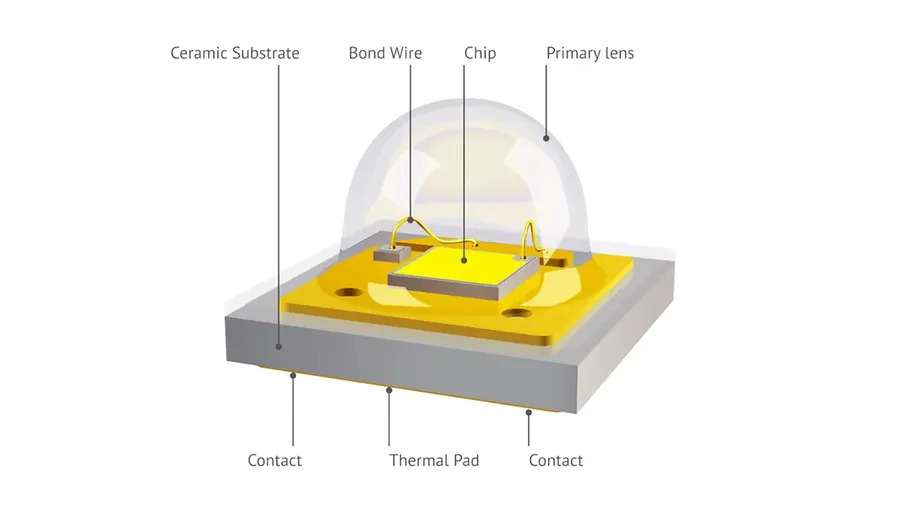
The structural integrity and reliable operation of LEDs depend critically on the substrate and packaging. The substrate serves as the physical foundation for mounting the LED chip, providing mechanical support, electrical connections, and thermal pathways. The packaging, encompassing potting, encapsulation, and thermal management materials, protects the delicate components from environmental factors and ensures optimal performance.
Substrates and packaging work together to extend the lifespan of the LED by providing crucial protection and thermal management. They act as a barrier, protecting the chip from humidity, dust, and mechanical stress, while the thermal pathways help dissipate generated heat, which is essential for preventing performance degradation.
| Component | Function | Material Examples |
|---|---|---|
| Substrate | Provides physical support and electrical connections for the LED chip. | Ceramic (Al2O3, AlN), Metal Core PCB, FR4 PCB |
| Potting | Encapsulates and protects the LED chip and its wire bonds. | Epoxy, Silicone, Polyurethane |
| Encapsulation | Forms a protective layer around the LED package. | Silicone, Epoxy, Glass |
| Thermal Paths | Conduct heat away from the LED to maintain stable temperatures | Copper, Aluminum, Thermally conductive adhesives and tapes |
Connectors and Wiring: Completing the Circuit
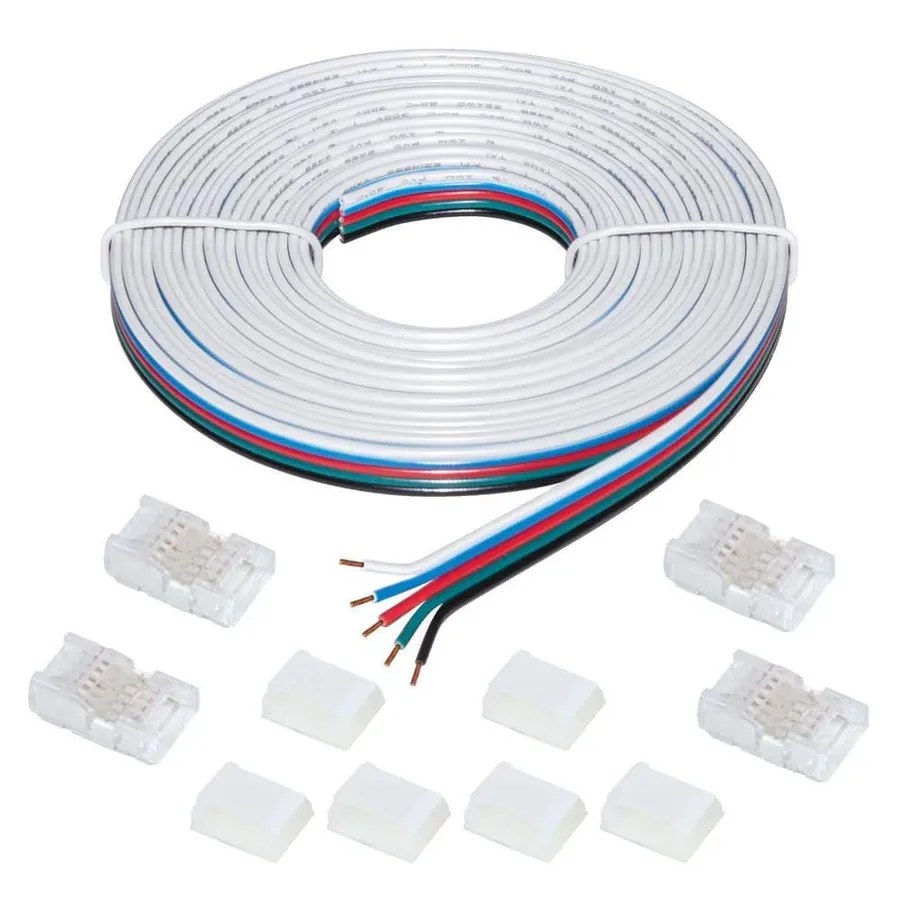
Connectors and wiring are indispensable components in any LED lighting system, providing the essential electrical pathways that link the LED components to a power source. Proper selection and implementation of these components are crucial for ensuring consistent, safe, and reliable operation of the entire LED system. This section outlines various connection methods and wiring techniques critical for LED installations.
| Connection Method | Description | Advantages | Disadvantages | Typical Application |
|---|---|---|---|---|
| Wire Connectors (Screw-type) | Utilizes screws to clamp wires together. | Simple, reusable, good for prototyping. | Can loosen over time, not ideal for vibration. | Temporary or simple LED circuits. |
| Wire Nuts | Twisted wire ends secured inside an insulated cap. | Easy, quick to install, good for low-current | Can be unreliable if not properly secured. | Residential and small-scale LED projects. |
| Solder Connections | Wires permanently joined using solder. | Highly reliable, low resistance, good for high current. | Requires soldering equipment, hard to rework. | High-performance, long-term applications. |
| Quick Connectors (Push-fit) | Wires are pushed into a spring-loaded terminal. | Fast installation, no tools required. | Less reliable under vibration, limited current. | Quick assembly, LED strips, indoor lighting. |
| Terminal Blocks | Provides screw terminals to connect wires. | Organized connection point, easy to service. | Requires more space than other connections. | Complex LED systems, control panels. |
| PCB Mount Connectors | Connectors directly soldered to a PCB. | Provides very reliable connection with good stability and space optimization. | May require specialized soldering and design of PCB for integration. | Professional lighting fixtures, LED modules. |
Frequently Asked Questions About LED Components
This section addresses common queries regarding LED components, their composition, and functionality. We aim to clarify typical misunderstandings and provide a comprehensive understanding of how these components operate in unison to produce light.
Choosing the Right LED Components
Selecting the correct LED components is crucial for achieving the desired lighting performance, reliability, and longevity of your lighting solution. This section provides a practical guide to navigating the selection process based on your specific project requirements, considering factors such as lighting needs, environmental conditions, and overall project goals.
The selection process involves considering the interplay of several key factors. These include, but are not limited to, the type of LED chip, the appropriate driver, the required optics, and thermal management solutions. Each of these elements contributes to the final output and overall performance of the lighting system.
| Component | Selection Criteria | Considerations |
|---|---|---|
| LED Chip | Luminous Efficacy, Color Temperature, CRI | Application (General lighting, accent lighting), Desired color, Efficiency requirements |
| LED Driver | Current, Voltage, Dimming Compatibility | Power source, Control requirements, Compatibility with LED chips |
| Lens and Optics | Beam Angle, Light Distribution | Coverage area, Mounting height, Desired lighting effect (e.g., spot, flood) |
| Heat Sink | Thermal Resistance, Material | Operating temperature, Airflow, Space constraints |
| Substrate | Thermal Conductivity, Physical Size | LED chip size, Mounting, Overall dimensions of the component |
| Connectors & Wiring | Current Capacity, Environmental Protection | Current to be carried, operating environment, ease of assembly |
Before selecting any components, define the lighting requirements of your project. This involves identifying the desired luminous flux (measured in lumens), the required color temperature (measured in Kelvin), and the necessary color rendering index (CRI). Understanding the target illuminance levels, beam angle requirements, and the desired light distribution for your application will further help narrow down appropriate options.
Environmental conditions, such as ambient temperature, humidity, and potential exposure to vibrations, can significantly influence component choice. For example, applications exposed to high temperatures will require robust thermal management solutions such as high-performance heat sinks, while applications in damp conditions will necessitate components with a suitable environmental protection rating.
Future Trends in LED Technology
The LED industry is in constant evolution, driven by the pursuit of greater efficiency, enhanced performance, and expanded applications. This section explores some of the most significant trends that are shaping the future of LED technology.
- Advanced Materials
Research into new semiconductor materials, such as gallium nitride (GaN) on silicon and perovskites, promises higher luminous efficacy and lower manufacturing costs. These materials also offer the potential for more flexible and transparent LEDs. - Micro-LED and Mini-LED Technology
Micro-LEDs, with their extremely small size, offer exceptional contrast ratios and brightness. Mini-LEDs, while slightly larger, provide superior backlighting solutions for displays. Both are poised to gain greater prominence in high-end applications. - Smart Lighting Integration
The integration of LEDs with IoT (Internet of Things) technologies is leading to smart lighting solutions that enable remote control, energy management, and dynamic adjustment of light parameters based on sensor inputs, significantly impacting home and industrial environments. - Human-Centric Lighting
There's a growing emphasis on creating light that mimics natural daylight patterns to support human health and well-being. This involves the use of LEDs that can adjust color temperature and intensity throughout the day, affecting circadian rhythms and productivity. - Increased Efficiency and Reduced Power Consumption
Continuous advancements in LED design and materials science are consistently improving energy efficiency, reducing power consumption and leading to longer lifespans. The ultimate goal is to reduce environmental impact through sustainable lighting solutions. - Flexible and Organic LEDs (OLEDs)
OLED technology allows for the creation of flexible, transparent, and even printed light sources, opening doors for entirely new applications in displays, wearable devices, and architectural design. This includes flexible displays, bendable light panels, and transparent integration into glass.
Understanding the intricate components of LED lighting is not just for engineers, but for anyone aiming to understand modern technology. From the tiny LED chip emitting light to the driver ensuring proper operation, each component plays a vital role. As LED technology continues to evolve, this foundational knowledge will become increasingly valuable. Whether you're a seasoned pro or just curious, the future of light is here, and it's bright.
 AnyPCBA
AnyPCBA